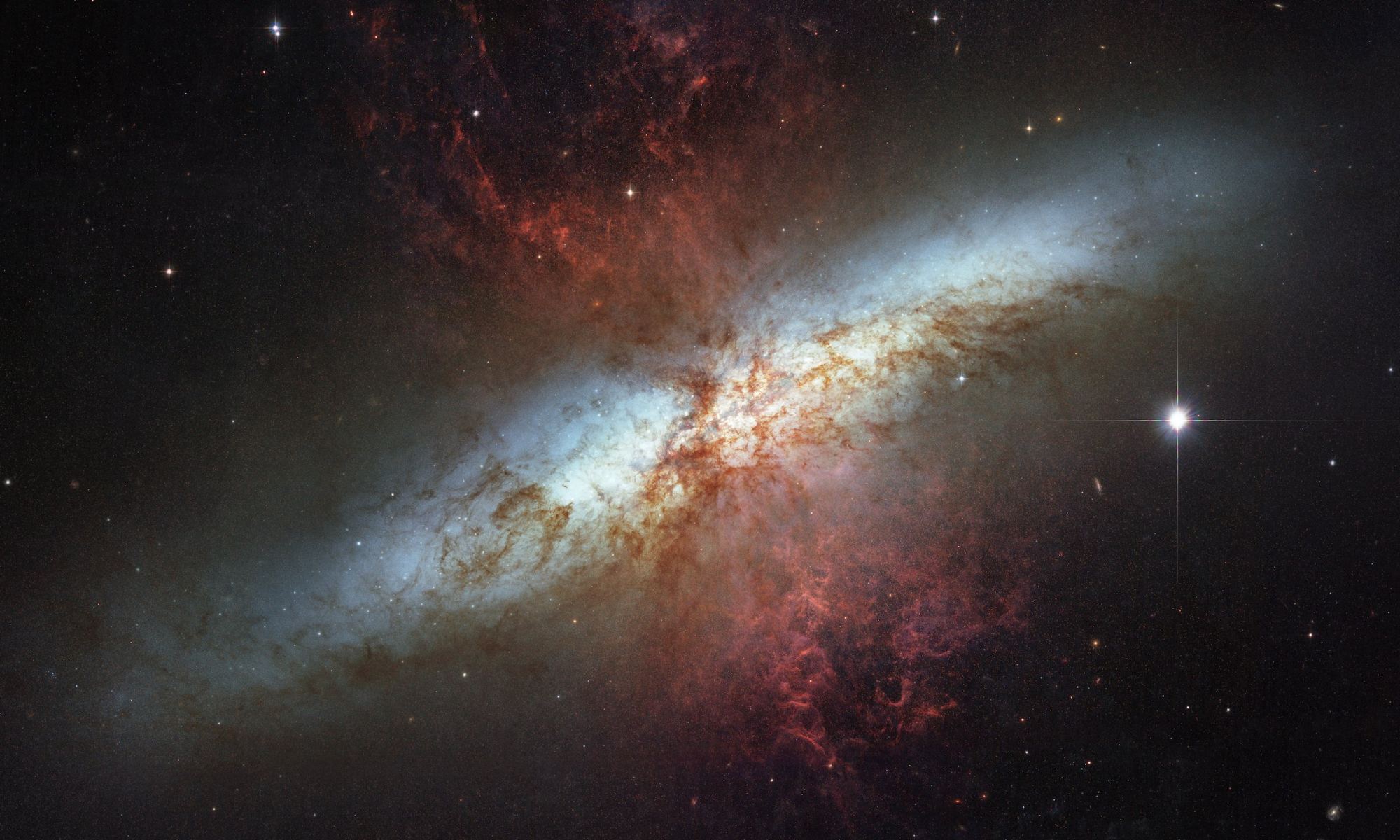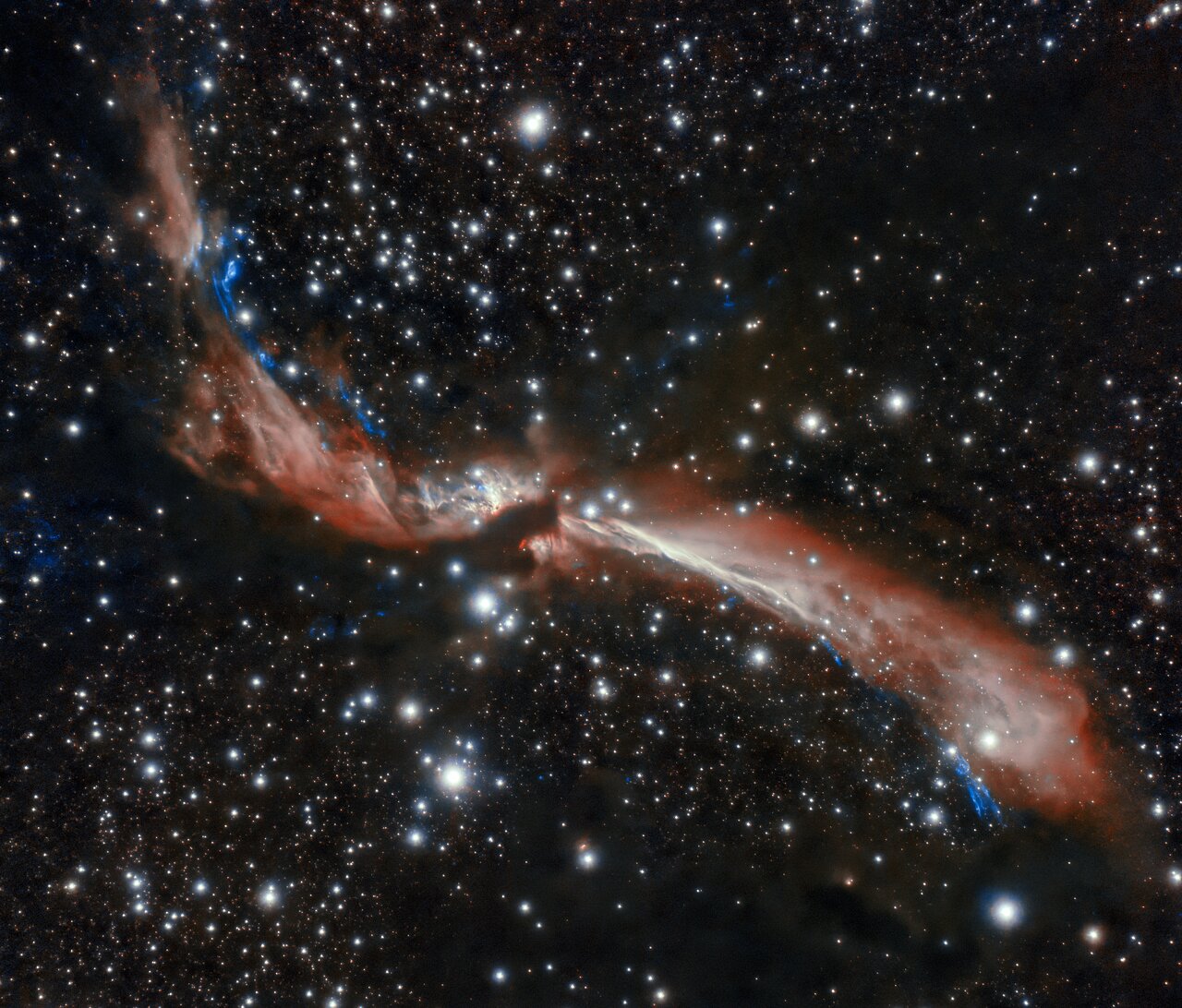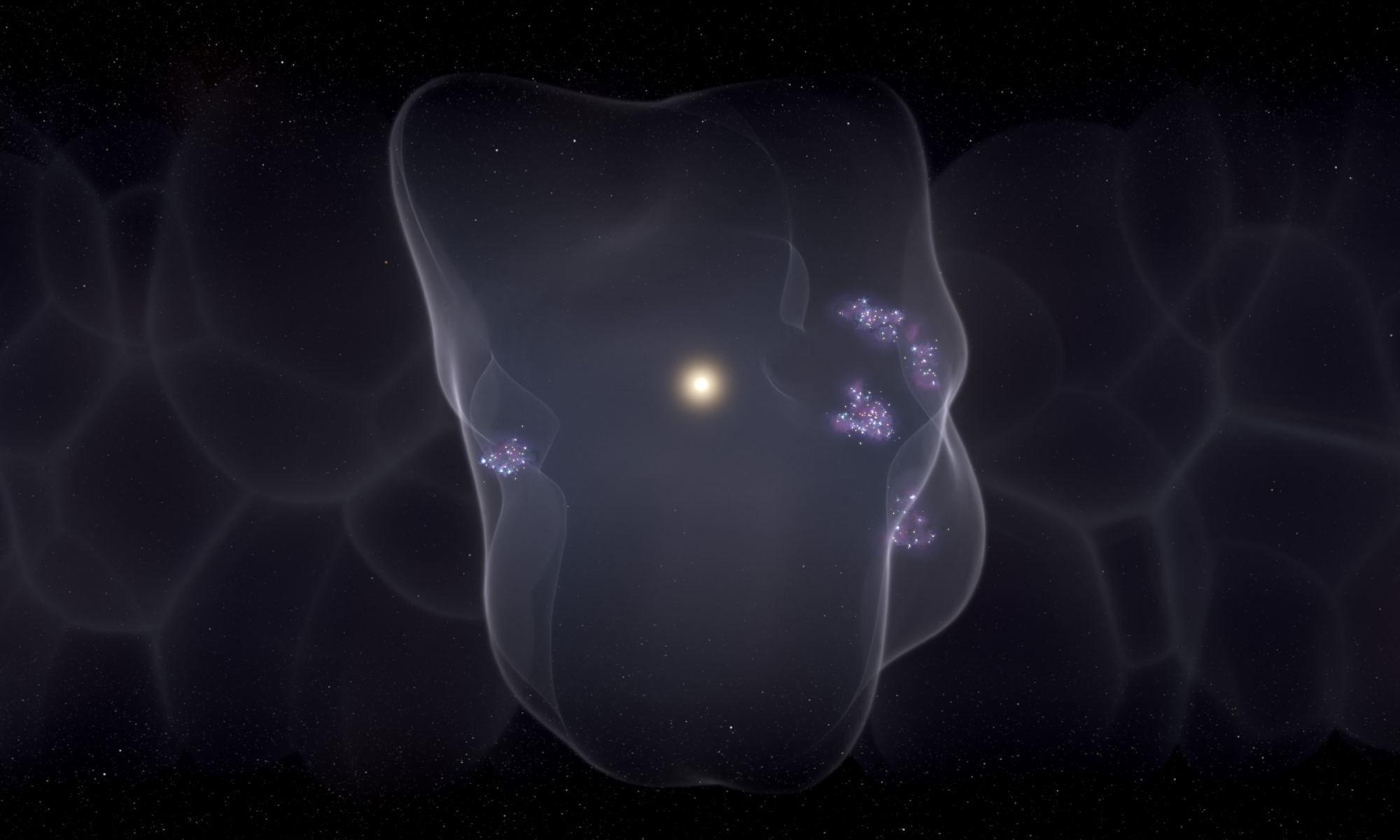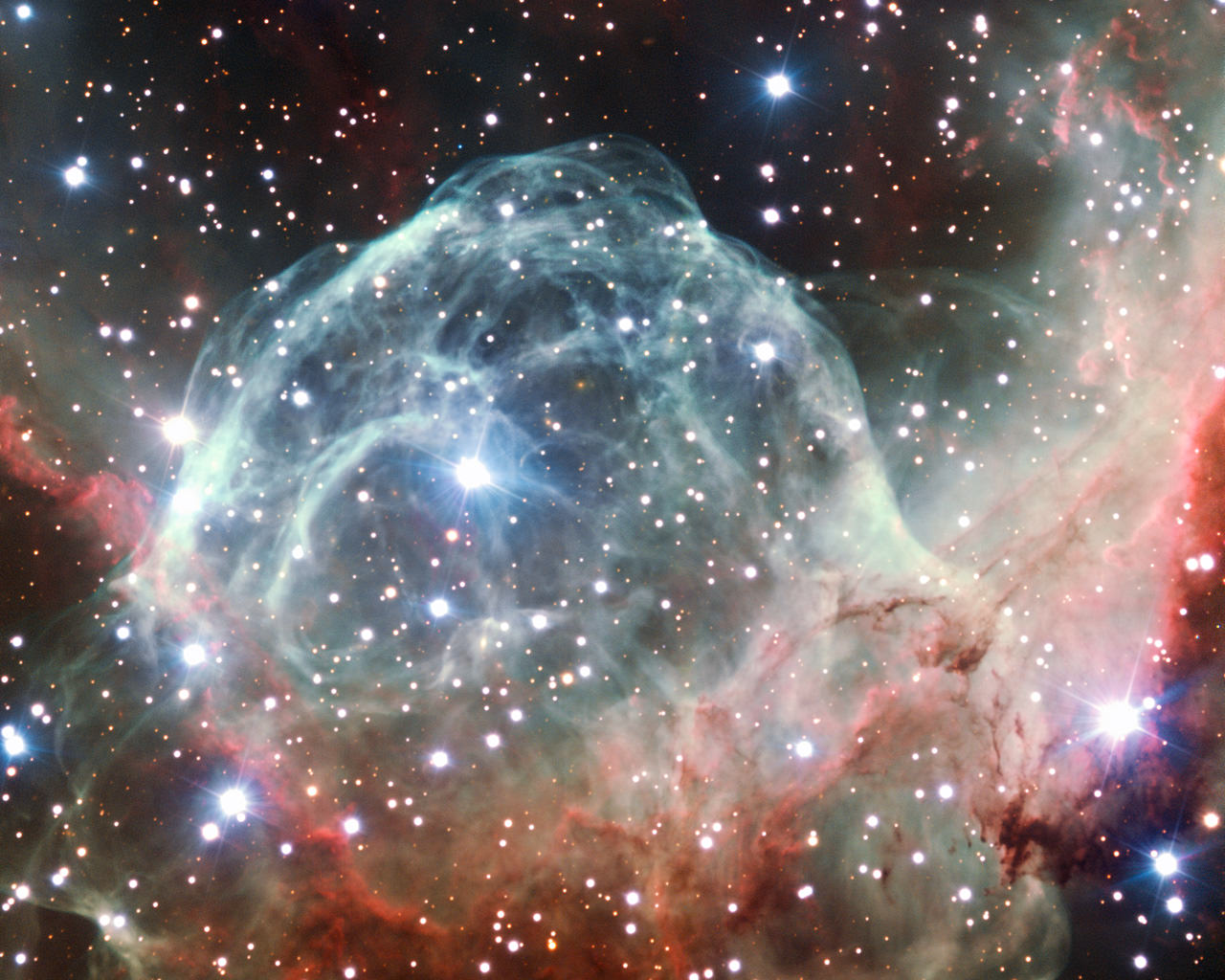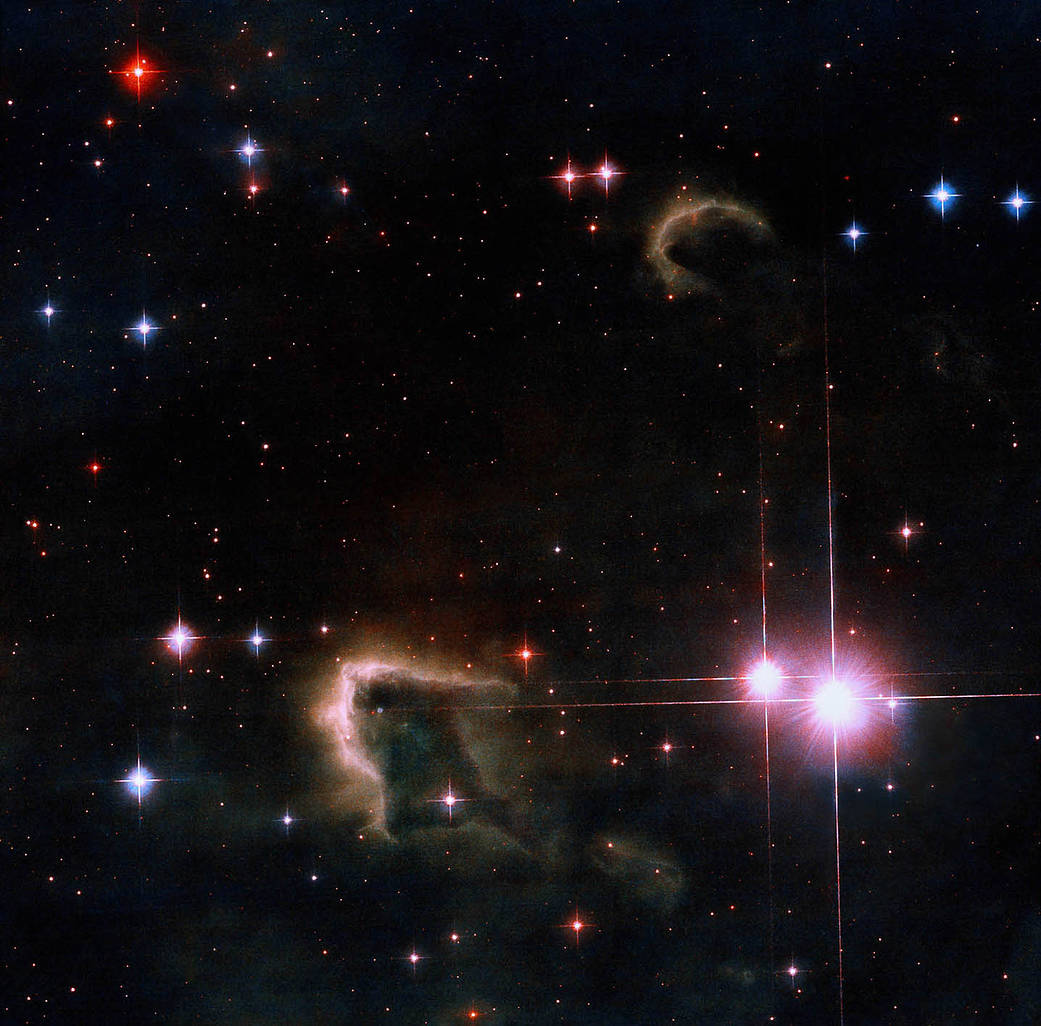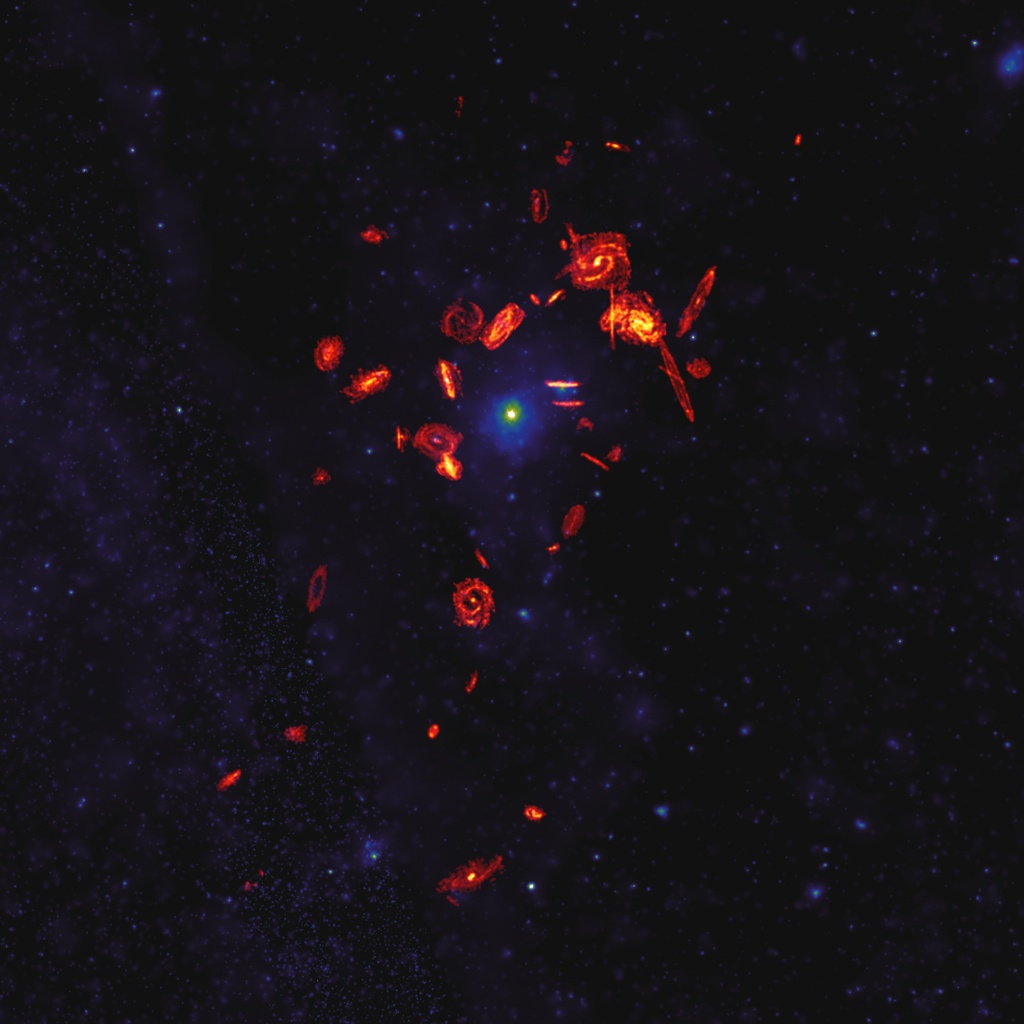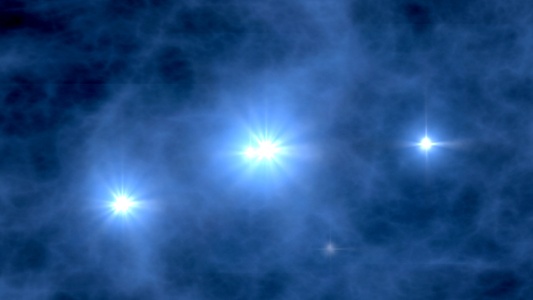The vacuum of space isn’t really a vacuum. A vacuum is defined by Merriam-Webster as “a space absolutely devoid of matter.” However, even empty space has some matter in it. This matter, in the form of dust and gas, tends to collect into what are called molecular clouds. Without anything interfering with them they continue to float as a cloud.
When something happens to interrupt the balance of the molecular cloud, some of that dust and gas starts clumping together. As more and more of this dust and gas clump together gravity takes over and starts forming stars. One way that the balance of a molecular cloud can be interfered with is by a supernova remnant, the remains of an exploded star. Plasma jets, radiation, and other clouds can also interact with these clouds.
Continue reading “Star Formation Simulated in the lab, Using Lasers, of Course”

